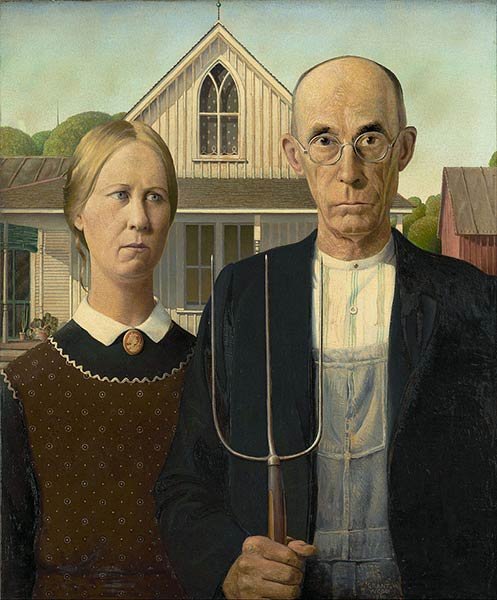Have you ever stopped and thought about what American art means? It’s a question artists have attempted to answer for generations — and they responded in a number of ways after the economic crash of 1929 and the U.S. entry into World War II.
On view now through September 18 at the Art Institute Chicago, “America after the Fall: Painting in the 1930s” is an excellent opportunity to trace and learn the story of American art during a formative era of this nation’s history.
The museum writes, “With economic downturn at home and the rising threat of fascism abroad, artists of the time applied their individualized visions of the nation to rethinking modernism. This exhibition brings together 50 works by some of the foremost artists of the era — including Edward Hopper, Georgia O’Keeffe, and Grant Wood — to examine the landscape of the United States during the Great Depression and the many avenues artists explored as they sought to forge a new national art and identity.”
To learn more, visit the Chicago Institute of Arts.
This article was featured in Fine Art Today, a weekly e-newsletter from Fine Art Connoisseur magazine. To start receiving Fine Art Today for free, click here.







